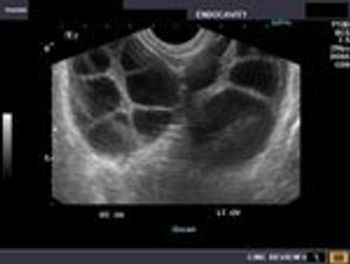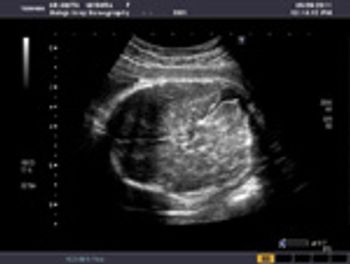
Cancer of the vagina is rare. It is almost always a squamous cell cancer. The exception is an adenocarcinoma that occurs in women who were exposed to DES (diethylstilbestrol) in-utero. One of the reasons that it is rare is that cancers of the vagina that also involve the vulva are considered to be vulvar cancers; if it involves the cervix it is considered to be a cervical cancer. Vaginal cancer may cause symptoms of abnormal bleeding and foul discharge. Bleeding after intercourse is a symptom of cancer of the vagina as well as cancer of the cervix.







